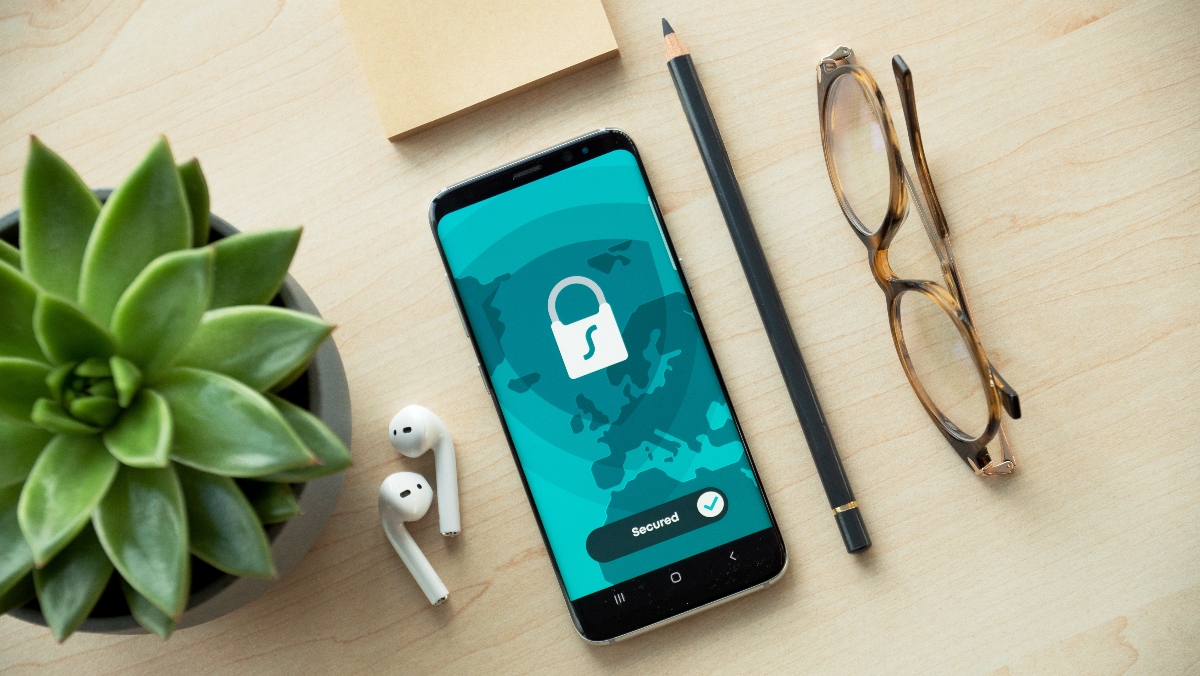Security hacks that will save you from yourself

One of the most common attacks today involves hackers deploying automated systems that break into accounts which allows them to access sensitive information that they can then exploit in a number of ways. These attacks are growing in both frequency and sophistication and threaten businesses and individuals alike. While no one is truly 100% secure, there are a number of ways in which you can mitigate the risks of these attacks being successful when it comes to you and your business.
Strong Passwords
The most basic form of protecting yourself is by ensuring you have a strong password set in place. Strong passwords that are hard to hack usually have the following characteristics:
- Use long and complex passwords
- Passwords should contain at least ten characters and have a combination of characters as well as upper-case and lower-case letters and numbers
- Never use common words or words that can be easily identified with you (for example names and birth dates)
Examples of not to do:
- 123456
- 123456789
- qwerty
- password
- 111111
- 12345678
- abc123
- 1234567
- password1
- 12345
Please pay extra attention to the “What no to do” password examples. These aren’t passwords from our clients, nor are they made up. As a matter of fact, these are real life examples of passwords that are the most commonly hacked passwords in the world. A simple Google search can reveal these passwords, so as you can imagine, an experienced hacker can break into an account using these passwords without breaking a sweat before finishing their breakfast.
By making sure that each password you use follows these guidelines you minimize the risk of being hacked. Of course, there are a few more layers of protection you can do extend your protection even further.
Unique Passwords
Strong passwords are a good first layer of protection however it does not help in the scenarios that something unexpected happened and your password indeed got leaked which resulted in a hacker getting a hold of it. No matter how you prepare, this could happen, and is sometimes outside of your control, as it sometimes happens with even the largest of companies.
In the light of living by the philosophy of hoping for the best but preparing for the worst, we recommend that you also ensure you never re-use a password in more than one place. By re-using your passwords, you run the risk of a hack into one account turning into something devastating that leaks all your information from all your accounts where you used that password to the criminal who attacked you.
Password Best-Practices
Let’s built upon the guidelines mentioned above and follow up with some additional best practices.
Keep It Digital
Never write your passwords down anywhere. You never know who will see it, even after you throw it out. You would be surprised how many passwords have been leaked due to this dangerous mistake.
Never Share or Email Your Password
If your email gets hacked, or whatever tool you used to share it, then the hacker can trackback and scan for any potential passwords that were shared using that account.
Password Manager
Using a password manager can help create strong passwords and manage unique passwords between any number of accounts. As a company that deals with security and many clients, we have thousands of impossible-to-remember passwords that we have to keep track of, so for us it is a vital tool for survival. We recommend using 1Password.
Two-Factor Verification
A growing number of companies now have a two-step verification method in place that they allow their users to implement. You are likely already being prompted to use it, as giants such as Microsoft, Google, and AWS are offering this important security feature.
While this method will vary depending on the website in question, however usually it involves you having to verify something via email, phone, or fingerprint after entering you password and username into the login area. Additionally, there are even more advanced tools that rotate your passwords and require fingerprint and/or voice verification which is difficult or impossible to crack.
Why Use Two-Step Verification As A Company
There are many benefits to using two-step verification as a company. Some of the examples include:
- Keeps you and your business more secure – when implementing 2FA your passwords may be rotated every time you log on, which will ensure utmost security and peace of mind
- Boost your company reputation – when your clients know that you keep them safe they will respect that and send referrals
- Increase your productivity – by keeping data more secure you can increase your productivity by letting your employees work from home
- Reduce your operating costs – by having a two-step verification method in place you will be able to spend less time on analyzing suspicious activity and reduce the risk of having to pay for damages in the event of a hack
Conclusion
No one wants to lose sleep at night worrying that their personal, financial or workplace data has been stolen. Using one ore more of these hacks will reduce that stress and give you confidence. We’ve seen what can happen and have helped many intelligent people who have been hacked; often it was because they fell prey to a sophisticated scam. The truth is that it can happen to any of us. And when it does, using these tips will save us – from ourselves.
Related pages: Cybersecurity in the age of COVID-19, Cybersecurity: It starts with you, Less talk more action – how to be cybersecure, Security hacks that will save you from yourself, 5 tips to protect yourself online
Leave a Comment